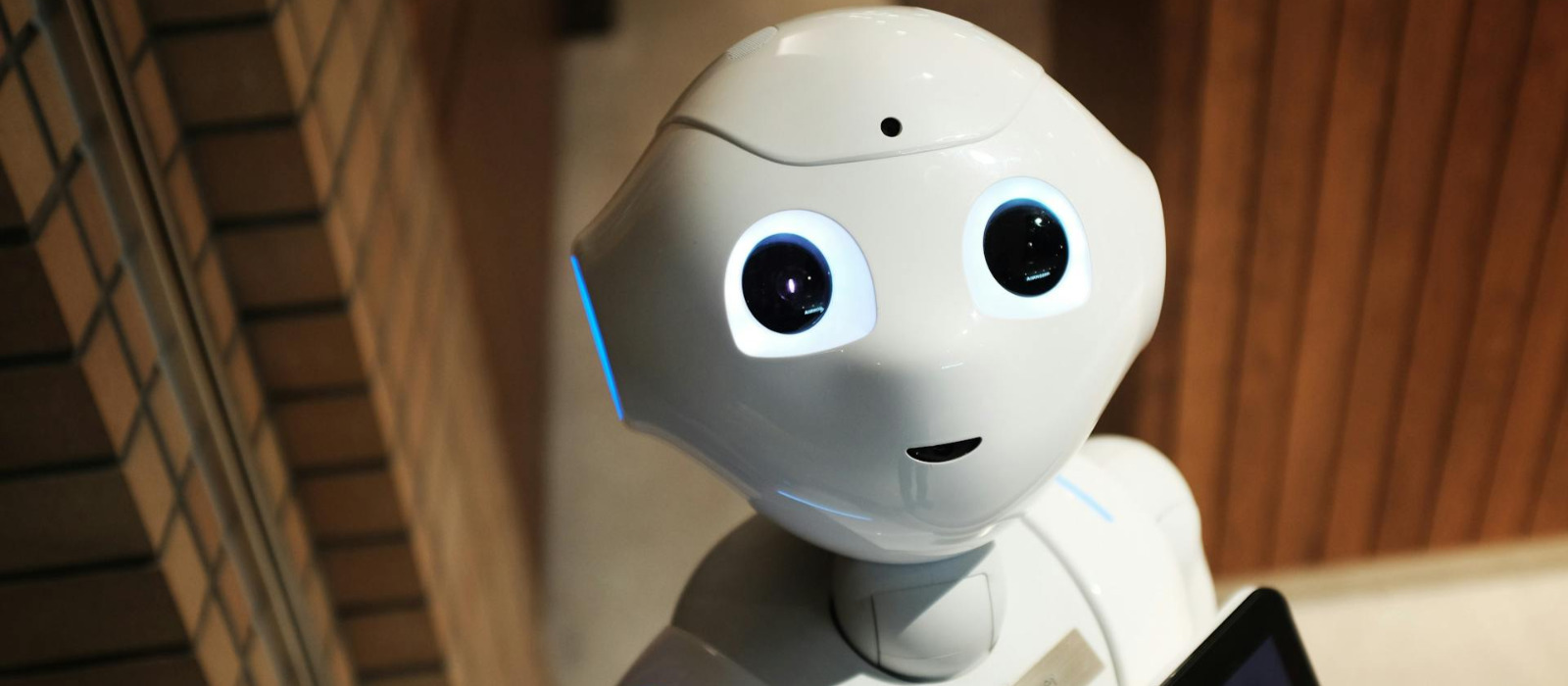Today, workplaces are ensuring that they avoid clusters of employees, create separate workstations for employees, and maintain appropriate physical distance in order to avoid the spread of infection as much as possible.
The concept of open offices originated in Germany around the 1950s. The idea of an open office environment highly promotes openness over restrictions. It was designed to bring about a healthy, interactive and more inviting atmosphere where positive views and emotions, innovations, creativity, and ideas flow. With the advent of this pandemic, we are now questioning the very existence of open office spaces. But why did big companies start following this concept in the first place and was it really the right decision? Let’s take a deeper look at it.
There are many pros that lured big companies like these into adapting this concept and bringing it back. Open space offices are relatively cheaper as compared to setting up highly furnished spaces, thus, saving a large chunk of money. They provide safer and more comfortable spaces for interaction and help in improving proficiency and collaboration among
All of these pros stand countered at the moment, making us question whether the open office concept will survive post COVID or not. Even before the pandemic in 2020, the concept of open offices was beginning to get questioned because of reasons like job dissatisfaction among employees, lack of privacy and concentration. The harsh reality is that instead of increasing productivity, it led to around a 15% fall in the efficiency and productivity of employees.
In 2020, in South Korea, it was found that around 43.5% of the employees, on the floor of an office building were found COVID positive. It’s time to put our thinking caps on and analyse if there is even the slightest bit of chance for the open offices to survive in this time when the major concern for people is to maintain social distancing. The maximum distance between two employees in an open office environment is 6 feet, which is ironic because the social distancing norms strictly instruct people to maintain at least a gap of 6 feet at all-time thus directly translating to zero social distancing.
of chance for the open offices to survive in this time when the major concern for people is to maintain social distancing. The maximum distance between two employees in an open office environment is 6 feet, which is ironic because the social distancing norms strictly instruct people to maintain at least a gap of 6 feet at all-time thus directly translating to zero social distancing.
According to Aparna Piramal Raje, the author and columnist on business and design, there will be a complete 180-degree change in offices. The whole concept of open offices highly encouraged the idea of people coming and working together in collaboration. But now the major concern is to understand how to make the people interact in a way that maintains social distancing. It won't be possible to follow the plan of communal spaces that open offices allow.
In fact, there is a high possibility that people will shift to Hybrid working instead. The concept of Hybrid working will not only ensure the safety of the employees but also give them the sense of freedom they need to be the best version of themselves as inferred by several studies all over the world. The shift to a hybrid environment was long due and perhaps COVID-19 was just the push required for men to ponder whether open offices are really the norm.
Hey there !
Author Details
Related Blogs
Popular Tags
Subscribe Now









